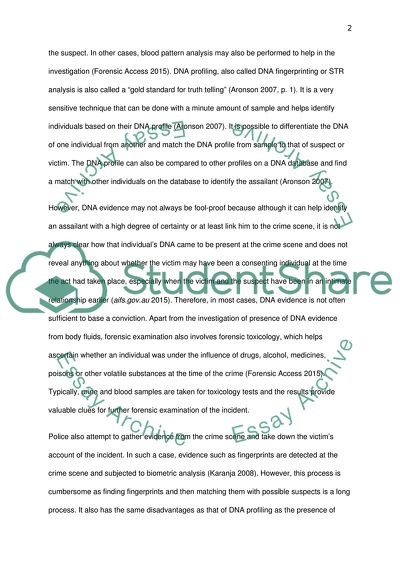Cite this document
(Gathering Evidence for a Crime Essay Example | Topics and Well Written Essays - 1500 words, n.d.)
Gathering Evidence for a Crime Essay Example | Topics and Well Written Essays - 1500 words. https://studentshare.org/law/1881792-forensic-criminology
Gathering Evidence for a Crime Essay Example | Topics and Well Written Essays - 1500 words. https://studentshare.org/law/1881792-forensic-criminology
(Gathering Evidence for a Crime Essay Example | Topics and Well Written Essays - 1500 Words)
Gathering Evidence for a Crime Essay Example | Topics and Well Written Essays - 1500 Words. https://studentshare.org/law/1881792-forensic-criminology.
Gathering Evidence for a Crime Essay Example | Topics and Well Written Essays - 1500 Words. https://studentshare.org/law/1881792-forensic-criminology.
“Gathering Evidence for a Crime Essay Example | Topics and Well Written Essays - 1500 Words”. https://studentshare.org/law/1881792-forensic-criminology.


